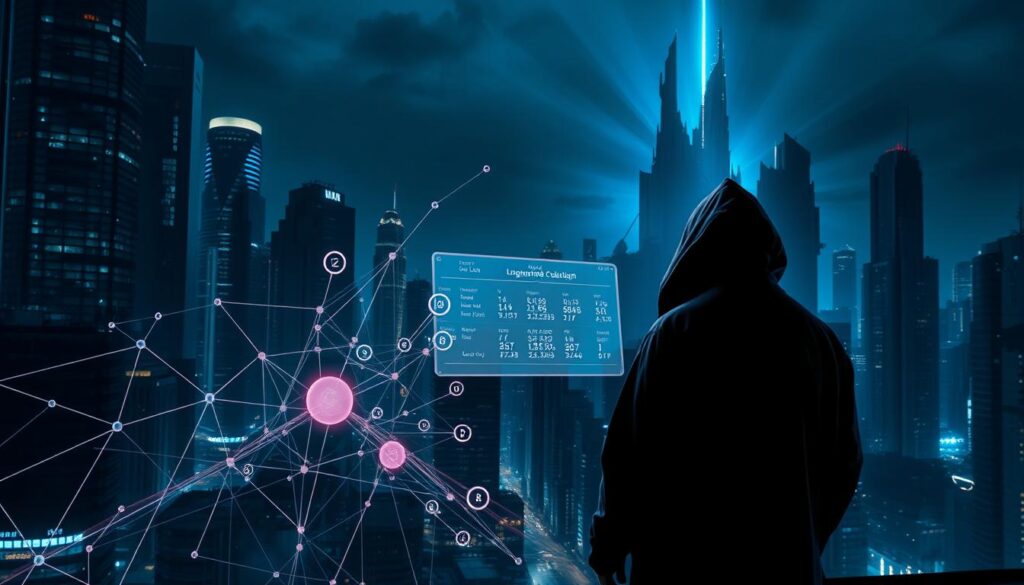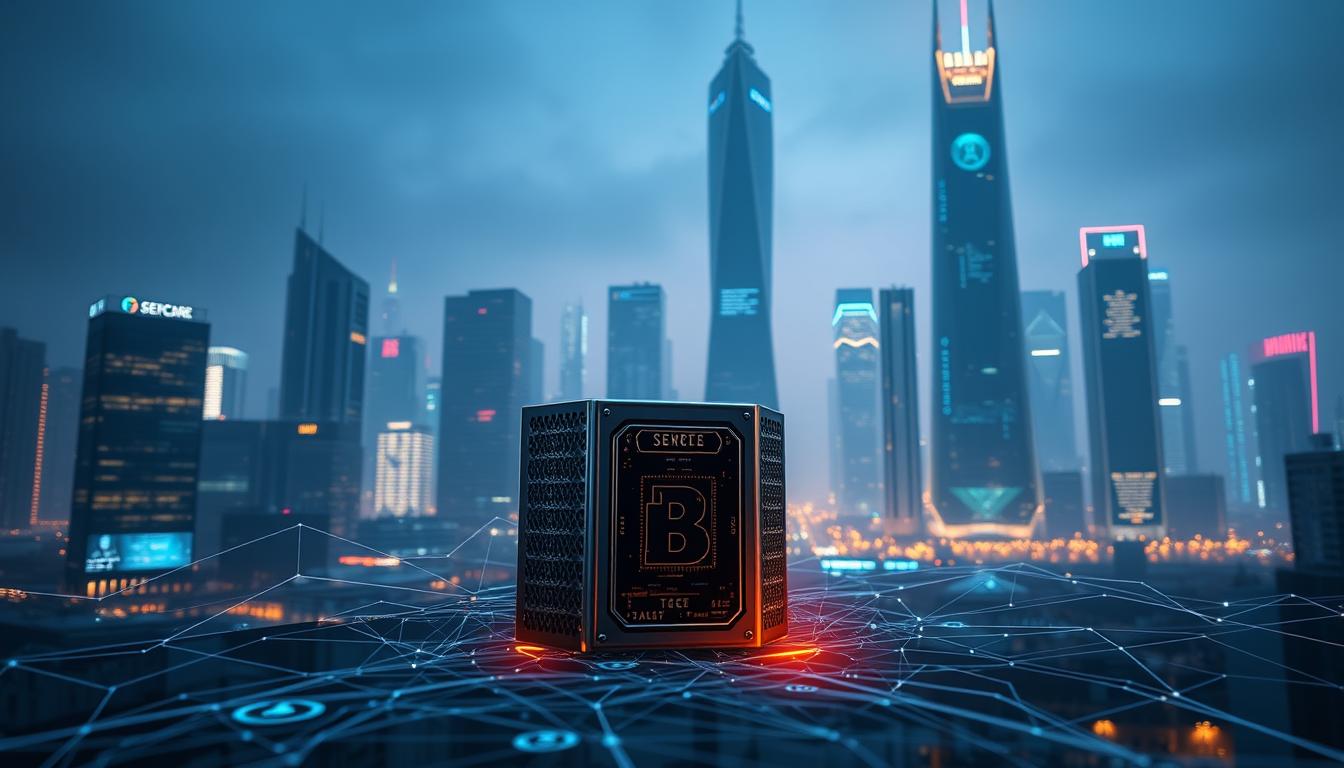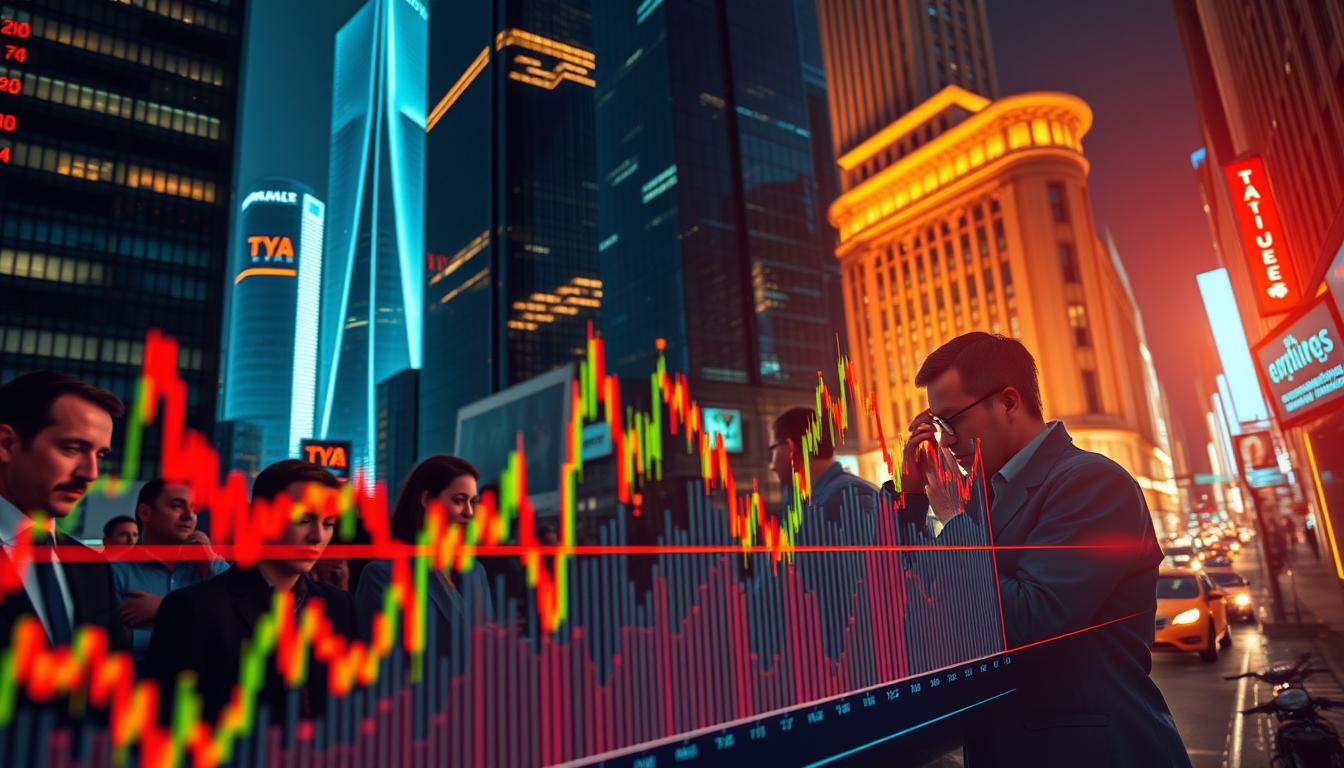Now Reading: Latest NFT Drop Limited Edition Release Explained
- 01
Latest NFT Drop Limited Edition Release Explained
Latest NFT Drop Limited Edition Release Explained
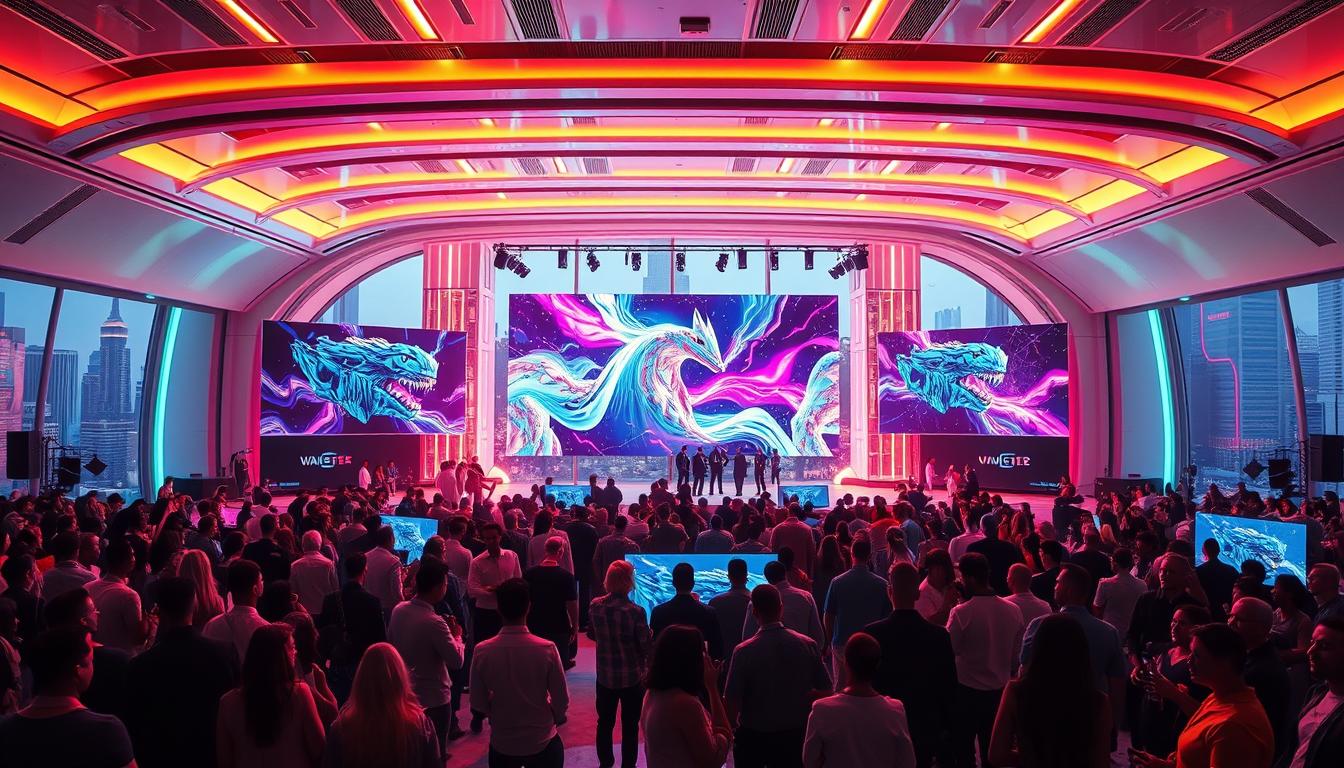
The digital landscape is constantly evolving, introducing new ways for creators to share their work. One of the most significant developments in recent years is the concept of a special launch event for unique digital items. These events have revolutionised how artists and brands connect with a global audience.
These launches have transformed the distribution of digital art and unique assets. They create a direct pathway from creator to collector. This shift empowers artists and opens up exciting opportunities for enthusiasts worldwide.
The appeal of these events often lies in their carefully managed availability. The idea of scarcity and exclusivity generates significant excitement within dedicated communities. This makes acquiring these digital collectibles a highly anticipated experience.
This guide will walk you through the entire process. We will cover everything from basic concepts to advanced strategies for a successful campaign. You will learn about technical setup, platform choice, and community engagement best practices.
Key Takeaways
- Special digital launch events represent a major shift in how unique assets are distributed online.
- They create a direct connection between creators and a global community of collectors.
- Scarcity and exclusivity are central to the value and excitement surrounding these events.
- These launches are crucial happenings within the world of digital collectibles.
- Understanding the entire process is key to navigating these events successfully.
- This guide provides a comprehensive overview, from foundational knowledge to advanced tactics.
Introduction to NFT Drops and Digital Collectibles
At the heart of the modern digital economy lies a revolutionary form of ownership: the non-fungible token (NFTs). Unlike traditional cryptocurrencies where each unit is identical, every one of these tokens is completely unique. Think of them as digital versions of one-of-a-kind trading cards or signed prints.
Overview of Non-Fungible Tokens
This uniqueness is what makes them “non-fungible.” You cannot simply trade one for another like-for-like. This distinct identity is guaranteed by blockchain technology through a smart contract. This creates a permanent and verifiable record of authenticity and ownership.
These digital certificates can represent a wide variety of assets. The most common forms include:
- Static and animated images
- Audio files and musical compositions
- Interactive multimedia experiences
Importance of NFT Drops in the Digital Art Scene
A planned release event is a crucial moment in this ecosystem. It’s when a new collection of these unique digital assets is made available to the public. This creates significant excitement, similar to a highly anticipated album launch.
For creators, these events have opened up powerful new revenue streams. They allow artists to tokenise their work and connect directly with a global audience. Smart contracts can even automate royalty payments for future sales, ensuring ongoing support.
For collectors, it provides a novel way to own a piece of digital culture. This has transformed how we perceive value and ownership in the online world, creating vibrant communities around shared interests.
Exploring the NFT Drop Limited Edition Release
Artificial scarcity transforms digital artwork from mere files into coveted cultural artefacts with lasting appeal. This approach distinguishes special digital launches from standard releases by creating deliberate constraints on availability.
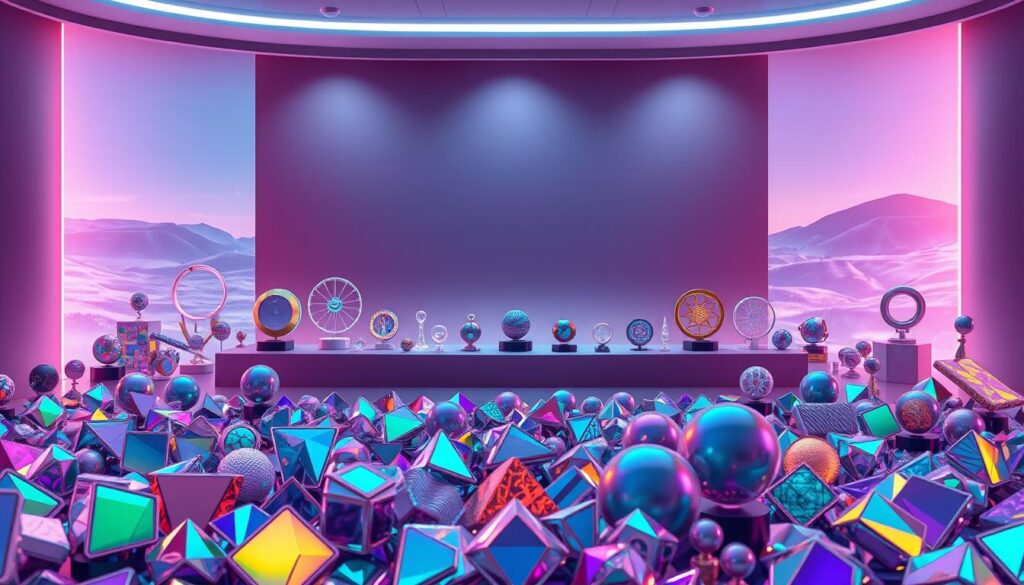
What Makes Limited Editions Unique
When creators set a fixed number of copies for their digital assets, they introduce powerful economic dynamics. Each piece receives a unique serial number, establishing its individual identity within the collection.
The psychology behind scarcity drives collector behaviour significantly. Knowing that only a specific quantity exists creates urgency and competition among enthusiasts. This demand often exceeds the available supply.
Tokenomics models play a crucial role in these specialised launches. Pricing tiers and edition sizes influence how collectors perceive value. Smaller runs typically command higher prices due to their rarity.
Successful examples demonstrate how strategic numbering enhances desirability. Creators must balance accessibility with exclusivity when determining their edition count. This decision impacts both initial engagement and long-term market performance.
The secondary market dynamics for scarce digital collectibles often show premium pricing. As availability decreases over time, the remaining pieces gain additional value. This creates a sustainable ecosystem for both artists and collectors.
The Evolution of Digital Art and Smart Contract Technology
Before blockchain technology, digital art lacked a reliable method for proving authenticity and ownership. Artists struggled to prevent endless copying of their work. This changed with the introduction of smart contracts.
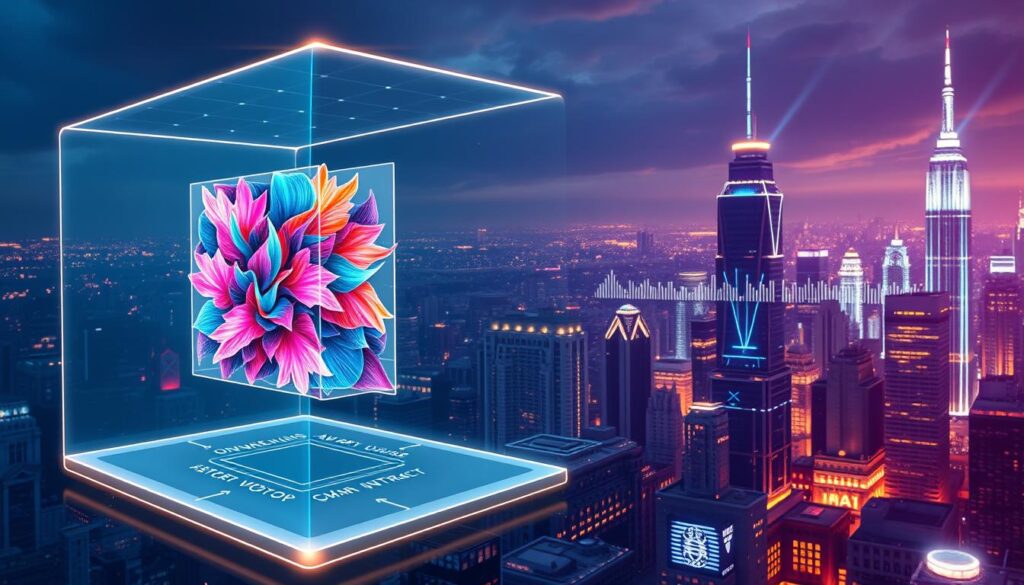
These self-executing contracts use blockchain to create immutable records. They solve the long-standing problem of digital art provenance. This establishes trust in the digital collectibles ecosystem.
Blockchain and Its Role in Verifying Authenticity
Blockchain technology creates a permanent, unchangeable ledger. Every transaction involving a digital asset gets recorded. This provides complete transparency while maintaining security.
The technical mechanisms ensure each piece remains unique. Smart contracts verify and maintain this uniqueness automatically. Ownership records cannot be altered or disputed once established.
This technology automates complex processes like royalty distribution. Artists receive compensation automatically when their art resells. The system eliminates intermediaries while maintaining verifiable authenticity.
Key technical features include:
- Distributed ledger creating permanent transaction history
- Cryptographic verification ensuring asset uniqueness
- Automated royalty payments through smart contract terms
The marriage of digital art and this technology creates new possibilities. Artists can develop programmable art that evolves. Fractional ownership models become feasible through secure tokenisation.
Planning and Executing Your NFT Drop
The journey from concept to launch requires creators to navigate multiple strategic decisions that will shape their project’s success. Careful preparation ensures your digital art project resonates with collectors and achieves its commercial potential.
Concept Development and Artistic Themes
Every compelling digital collectible series begins with a strong central idea. Your concept should reflect your unique artistic voice while connecting with current cultural trends.
The quality of your artistic content directly influences collector interest. Focus on creating distinctive visual elements that tell a cohesive story throughout your collection.

Setting Edition Sizes and Pricing Strategies
Determining the right number of pieces involves balancing scarcity with accessibility. Smaller runs often create more perceived value, while larger collections can build broader community engagement.
Your pricing strategy should reflect the art’s quality and market positioning. Consider tiered approaches that reward early supporters while maintaining long-term value.
| Strategy Type | Best For | Key Considerations | Potential Impact |
|---|---|---|---|
| Fixed Price | New creators | Simple implementation | Predictable initial sale |
| Tiered Pricing | Established artists | Rewards early collectors | Builds community loyalty |
| Auction Model | High-value pieces | Market-driven pricing | Maximises sale price |
Proper planning transforms your creative vision into a successful digital asset launch. Consider all elements from artistic theme to economic model before your project goes live.
Preparing Your Digital Wallet and Technical Setup
Your digital wallet serves as the essential gateway to acquiring and managing unique digital collectibles. Before you can participate in any digital asset event, you must establish a secure and compatible wallet. This foundational step ensures you can both purchase and safely store your items.
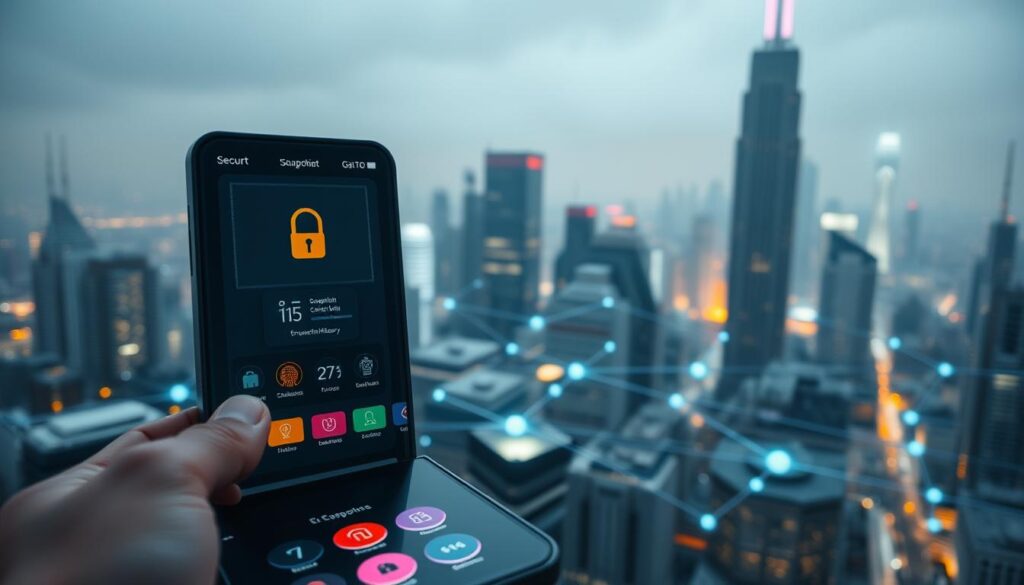
Wallet Setup and Security Considerations
Users have several wallet options, each with different security levels. Software wallets are convenient applications for everyday use. Hardware wallets offer the highest security by storing keys offline. Web-based wallets provide easy access through a browser.
Innovative solutions like email-based wallets simplify the process significantly. They allow users to participate without deep cryptocurrency knowledge. This lowers the barrier to entry for newcomers to the space.
The setup process involves choosing a reputable provider and creating your wallet. You will receive a unique public address and a private key. Securing your private key and recovery phrase is absolutely critical. Losing them means losing access to your digital assets permanently.
Your wallet address functions as your unique identifier. Creators must correctly configure their address to receive revenue from sales. Always double-check this information to avoid costly errors.
Implement strong security practices from the start. Use multi-factor authentication and be vigilant against phishing attempts. A well-secured wallet protects your valuable digital holdings effectively.
Navigating NFT Platforms and Marketplaces
Platforms dedicated to unique digital creations provide essential infrastructure for both launching and acquiring distinctive virtual items. These marketplaces organise future projects into dedicated sections where users can filter upcoming events based on various parameters.
Using NFT Drop Calendars and Social Media Alerts
Specialised calendars display the exact time and date of each digital asset event with countdown timers. These tools aggregate information across multiple platforms, helping collectors stay informed about time-sensitive opportunities.
Major marketplaces like OpenSea, Nifty Gateway, and Rarible cater to different niches with varying features. Each platform offers unique advantages for different types of collections and collector preferences.
| Platform | Primary Focus | Blockchain Support | Fee Structure |
|---|---|---|---|
| OpenSea | Diverse collections | Multiple networks | 2.5% per sale |
| Nifty Gateway | Premium art projects | Ethereum, Polygon | Variable rates |
| Rarible | Community-driven | Ethereum, Flow | Creator-set fees |
Using calendar websites involves a straightforward three-step process. First, find a reputable website that provides comprehensive event listings. Second, sort the opportunities by price, blockchain, or category. Finally, select a project that aligns with your interests and budget.
Many platforms feature “FREE MINT” promotions and special sections for upcoming releases. Setting social media alerts ensures you don’t miss highly anticipated projects when they become available.
Engaging Your Audience and Building Community
Building a dedicated community is the cornerstone of any successful digital collectibles project. A strong, active group of supporters creates lasting value far beyond the initial launch. This section explores how to foster this vital connection.
Effective engagement turns casual observers into passionate advocates. It involves consistent communication and providing genuine value. The goal is to create a space where users feel heard and invested.
Effective Marketing on Social Media
Twitter serves as the primary hub for project announcements and discussions. Creators use it to share teasers, host Q&A sessions, and build excitement. Other platforms like Instagram and YouTube are ideal for visual content and deeper storytelling.
Instant messaging apps like Discord and Telegram are essential for real-time community interaction. They allow for direct dialogue with potential collectors. These spaces foster a sense of belonging and exclusive access.
A successful strategy tailors content to each platform’s unique audience. The key is to generate genuine excitement through consistent, high-quality updates.
Building Trust with Early Adopters
Trust is earned through transparency and reliability. Early supporters are your most valuable asset. Reward their faith with perks like early access to new collections.
Maintain open communication channels and deliver on promises. This builds a reputation for integrity. A trusted project enjoys stronger loyalty and more effective word-of-mouth marketing.
Community management is an ongoing commitment. Respond promptly to questions and address concerns openly. This inclusive approach ensures all users feel valued and heard long after the project’s debut.
A Step-by-Step Guide to Minting and Managing NFTs
Moving from planning to production requires mastering the technical workflow that brings digital creations to life. This practical guide covers the essential steps for deploying your project successfully.
Deploying Smart Contracts via Token Tool or Crossmint
Platforms like Token Tool simplify the smart contract deployment process without coding knowledge. Begin by connecting your wallet and selecting your preferred blockchain network.
The Collection NFT option allows you to create multiple items under a single contract. Define your collection name, symbol, and key parameters like mint price and total supply.
Review all details carefully before deploying your smart contract. This crucial step establishes the foundation for your entire project.
Uploading Media and Metadata to IPFS
After contract deployment, upload your media files to IPFS using services like Pinata or NFT.Storage. This ensures permanent, decentralised storage for your assets.
Create individual metadata files for each item in your nft collection. Each JSON file should contain the name, description, image location, and attributes.
Use the management interface to associate metadata with your contract address. The “Add Many” function streamlines this process for larger collections.
Finalise your project by verifying source code and configuring whitelist settings. This comprehensive approach ensures a smooth launch for your digital assets.
Tips and Best Practices for Overcoming NFT Drop Challenges
Both creators and collectors face specific hurdles that can impact the outcome of digital asset events. Understanding these challenges beforehand leads to more successful participation and better value retention.
Managing Gas Fees and Transaction Costs
Gas fees represent computational costs on blockchain networks. These expenses fluctuate based on network congestion and transaction complexity.
Users can optimise costs by monitoring current gas prices using specialised tools. Choosing transaction times when network activity is lower significantly reduces expenses.
| Strategy | Best Timeframe | Cost Reduction | Tools Required |
|---|---|---|---|
| Off-Peak Timing | Weekend mornings | Up to 40% | Gas trackers |
| Batch Transactions | Low congestion periods | 25-35% | Wallet features |
| Layer-2 Solutions | Any time | 60-80% | Alternative networks |
Keeping Up-to-Date With Market Trends
Staying informed about market movements is crucial for timing your participation effectively. Follow reputable industry blogs and influencers for current analysis.
Joining dedicated communities provides early information about upcoming opportunities. Active engagement helps users understand price trends and project potential.
Allocate sufficient time for research before any digital asset event. Proper planning ensures you make informed decisions about which projects offer the best value.
Conclusion
Mastering the process of digital asset distribution requires understanding both creative and technical dimensions. Success in this space demands imagination, cleverness, and forethought working in harmony. The strategies covered provide a roadmap for confident participation.
These digital innovations continue reshaping multiple industries, creating new paradigms for ownership and value. Staying informed about market developments positions participants to capitalise on emerging opportunities as the ecosystem evolves.
Both creators and collectors benefit from well-executed projects. Artists gain direct monetisation channels while collectors access unique digital assets. No-code platforms have democratised creation, making it easier than ever to get started with your own collections.
While these events generate excitement, lasting success depends on applying the principles outlined. Quality, community engagement, and transparency remain essential as more digital collections are made available in this dynamic industry.
FAQ
What exactly is an NFT drop event?
An NFT drop event is a scheduled release where a new collection of digital assets, such as artworks or music, is made available for purchase. These events generate excitement by offering a limited number of tokens, often with early access for dedicated community members.
How do I prepare my digital wallet for a drop?
To get started, you need a compatible cryptocurrency wallet like MetaMask or Trust Wallet. Ensure it is funded with enough cryptocurrency, such as Ethereum, to cover both the price of the collectible and any associated gas fees for the transaction.
What role does a smart contract play in an NFT drop?
A smart contract is a self-executing contract on a blockchain, like Ethereum. It automatically manages the sale, transfer, and ownership rules for your digital assets, ensuring transparency and security for all users without needing a middleman.
Why is scarcity important in these collections?
Scarcity, created by limiting the edition size, adds significant value to digital collectibles. A smaller number of available tokens increases demand and can make the artwork more desirable to collectors in the long term.
How can I stay informed about upcoming drops?
You can use dedicated NFT drop calendars on websites like Rarity.tools or follow projects and artists directly on social media platforms like Twitter and Discord. Many projects also offer email newsletters for early access details.
What are gas fees and how can I manage them?
Gas fees are payments made to process transactions on a blockchain network. To manage costs, consider minting or purchasing during times of lower network activity. Some platforms, like those using Crossmint, may offer alternative payment options to reduce these fees.
What is metadata and where is it stored?
Metadata includes important details about your digital asset, such as its name, description, and attributes. For permanence, this information is typically uploaded to a decentralised storage system like IPFS (InterPlanetary File System) rather than a centralised server.


